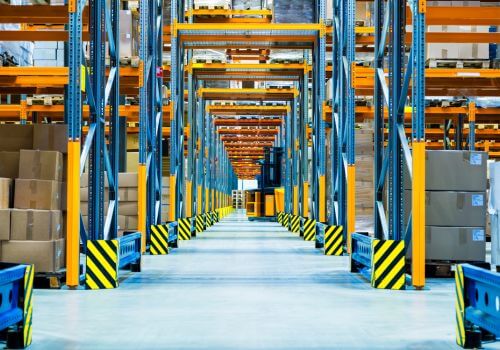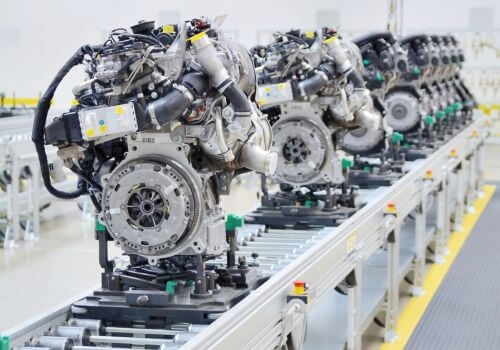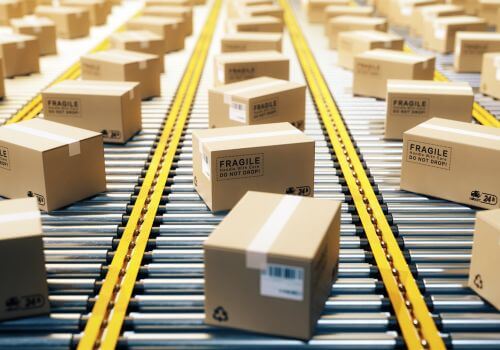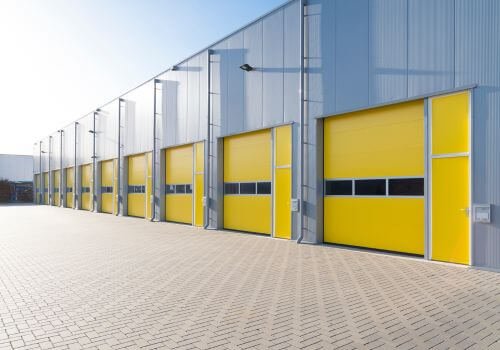Just-in-Time (JIT) is a logistics and inventory management strategy that focuses on receiving goods only when they are needed in the production process. This approach helps reduce waste and increase efficiency by minimizing inventory costs and enhancing supply chain responsiveness.
Main Elements of JIT in Logistics
- JIT is demand-driven, meaning production schedules and inventory deliveries are closely aligned with actual customer demand. This approach helps minimize the need for excess inventory.
- JIT involves frequent and small deliveries, which help reduce storage costs and the risk of absolescence.
- Supplier integration is another critical element in JIT, requiring strong relationships and communication with suppliers to ensure timely and reliable delivery of components.
- Lean inventory is maintained at minimal levels to reduce holding costs and maximize warehouse space efficiency.
- High standards of quality management are essential to prevent production stoppages due to defective parts.
- Efficient proudction systems that can quickly adapt to changes in demand are vital for JIT to be effective.
Benefits of JIT in Logistics
One of the main benefits of JIT is reduced inventory costs, as lower inventory levels decrease storage, handling, and insurance expenses. This also leads to improved cash flow since the capital tied up in inventory is freed up for other operational needs or investments. JIT enhances efficiency by streamlining operations and reducing waste.
Another advantage is increased flexibility, allowing companies to respond quickly to changes in customer demand, which improves market responsiveness and competitiveness. Better supplier relationships are fostered through close collaboration, ensuring reliability and quality in the supply chain. Additionally, JIT minimizes waste by reducing overproduction and excess inventory, aligning with sustainable business practices.
In summary, Just-in-Time (JIT) in logistics focuses on creating a lean and responsive supply chain that can efficiently meet customer demand while minimizing waste and inventory costs.






